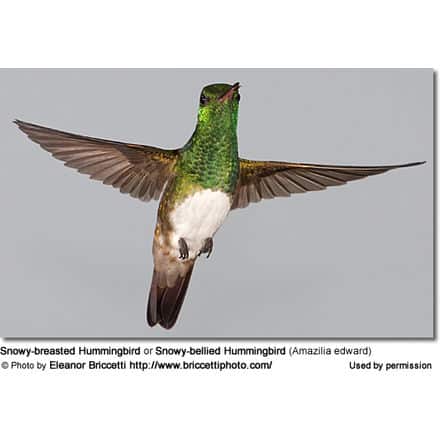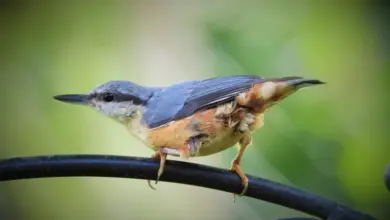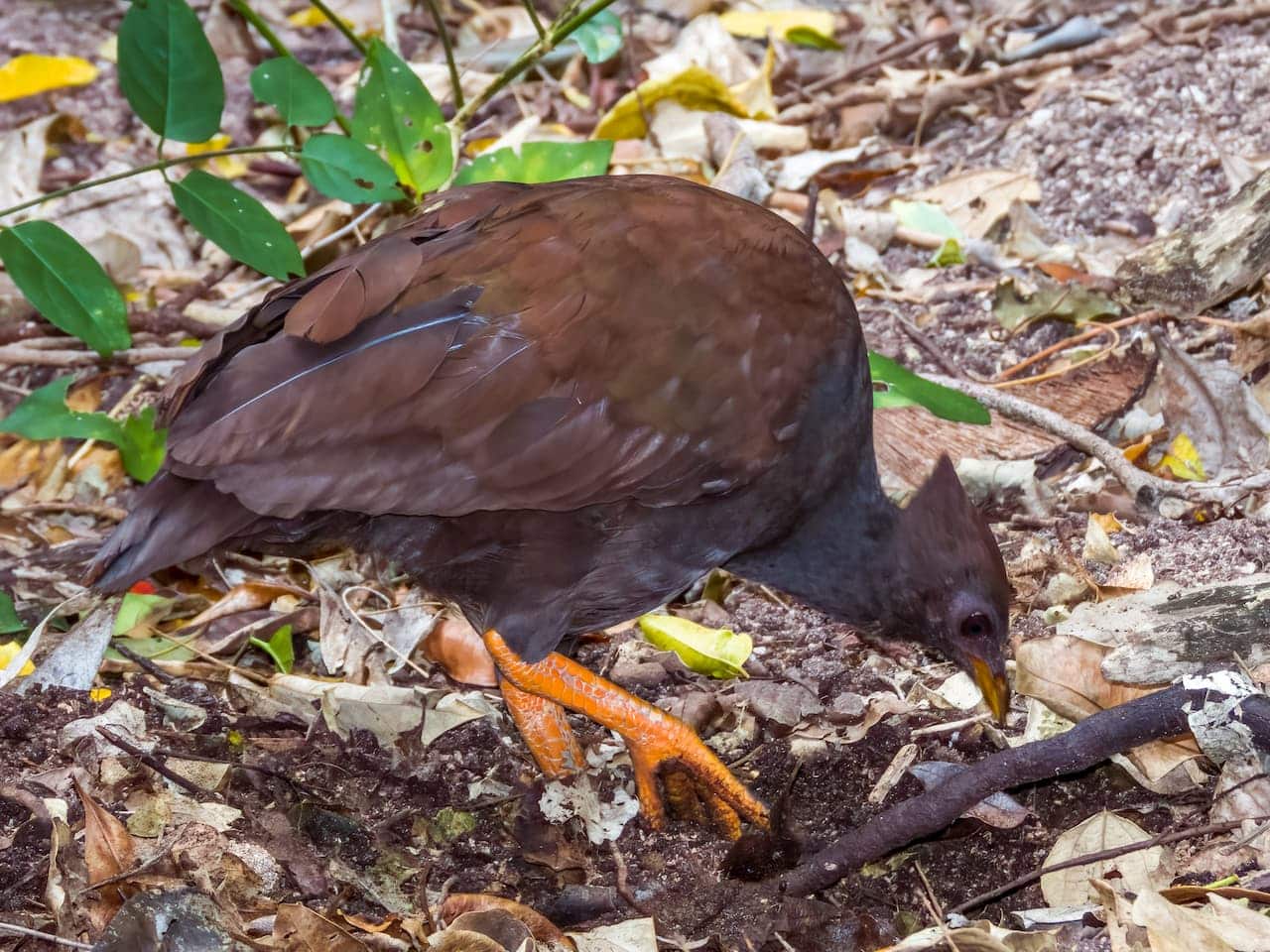Bushtits (Psaltriparus minimus)
The Bushtits (Psaltriparus minimus) is a long-tailed tit found in North America, where it inhabits mixed open woodlands, often containing oaks and a scrubby understory.
Bushtit flocks typically consist of I0 to 40 or more individuals.
Distribution / Range
It is resident in the western United States and highland parts of Mexico, ranging from Vancouver through the Great Basin and the lowlands and foothills of California to southern Mexico and Guatemala.
Description:
The Bushtits measures about 11 cm in length and weighs about 5.3 g.
The plumage is mostly grey-brown. It has a large head, a short neck, a long tail, and a short stubby bill.
The male has dark eyes and the female has yellow eyes.
The “Black-eared” Bushtit – formerly considered a separate species (P. melanotis) – males can be identified by its dark ear patch (the auricular); females have a black arc over the eyes and a black line through the eyes.
This subspecies is more common southward in the northeastern highlands of Mexico until from central Mexico south.
Diet / Feeding
The Bushtit is active and gregarious, foraging for small insects and spiders in mixed-species feeding flocks containing species such as chickadees and warblers.
Calls / Vocalizations
The Bushtits make frequent contact calls to each other which can be described as a short tsit.
Diet / Feeding
Bushtits are active and gregarious, foraging in cohesive groups of 10 to over 40 for small insects and spiders. Members of the group constantly make contact calls to each other which can be described as a short list.
Breeding / Nesting
They begin forming pairs in late January or early February (Sloane 2001).
They construct woven, hanging gourd-shaped basket nests made of spider webs and fuzz, grass, and lichen. The average clutch consists of 5 to 7 white eggs.
Both parents provide parental care, including incubating, brooding, and feeding the chicks.





